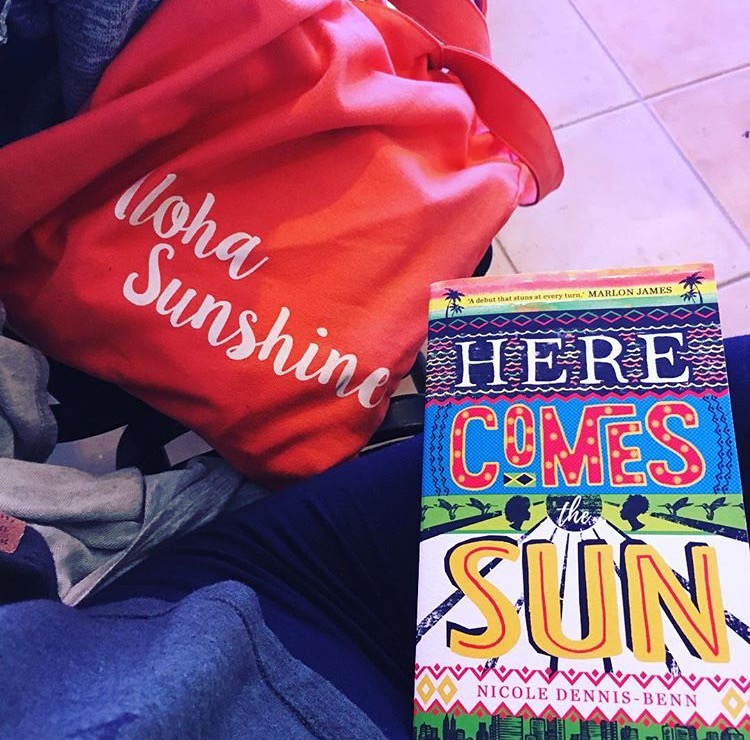If you are a bibliophile like me, you probably have developed a habit of stockpiling novels in an ambitious mission to further your cultural and intellectual reach.

At the Anguilla Literary Festival this May I did just that, purchasing nearly every visiting author’s novel. I made a commitment to myself that I would pen a personal reflection on each one. Because life has a way of getting in its own path, it is now August and I have finally read the book I was most excited to crack.
Here Comes the Sun by Nicole Dennis-Benn is, in brief, an invaluable piece of modern literature for the West Indian reader. From the tropical cover art to the pepper pot of island lingo dotting the pages, this novel single-handedly offers an experience with which each West Indian (and lover of the West Indies) can identify. There is something incredibly satisfying about seeing Creole printed a book; perhaps more delighting are the metaphors which capture the true aura of the authentic Caribbean. In a fit of timely procrastination, I completed Here Comes the Sun during my attendance of CARIFESTA XIII (the Caribbean Festival of Arts) which was held in Barbados. I can’t think of a more perfect stretch of time to indulge in this novel than during a period spent with artists from the entire island chain.

While Dennis-Benn’s novel is set in Jamaica, it expertly melds elements that we have all seen as Caribbean people. Although comprised of many countries, the Caribbean truly has an undercurrent of cultural similarity running through the islands which was made even more apparent to me during my CARIFESTA experience. Elements of this are expertly fictionalized in Here Comes the Sun as Dennis-Benn weaves the story of the diverging female characters (Margot and her younger sister Thandi) while exploring ideas of the post-colonial ‘colonization’ wrought by the tourist industry, sexuality, social identity and colourism in the Caribbean.

One of the main themes which stuck with me through reading the novel (and what I will mainly focus on here) was the perception of the West Indian woman. So much of our culture revolves around the female form and its capabilities. In Here Comes the Sun we are exposed to very different portrayals of West Indian women spanning from the matriarchal Delores, to Verdene with her cultural duplicity, to Margot and her sexual currency, to the teenage Thandi who lends a Bildungsroman slant to the book. What stuck with me most after I closed the cover for the final time was the way Dennis-Benn makes us understand the logic behind every character’s motive. Just as much as she supplies us with reasons to despise Delores and her treatment of her daughters, Dennis-Benn also gives us justification for our empathy towards Delores’ actions. Similarly, I found myself first supporting Margot’s choices, then being appalled, and finally returning to my initial compassion for her character through the cathartic penultimate chapter. Such handling of the plethora of players in Here Comes the Sun would have fallen into the murky waters of stereotype had they not been crafted by a fellow West Indian sister.
If you have had experience with the Caribbean, a West Indian woman or the tourist industry, then I strongly recommend reading this novel. Not only does it highlight so much of what we go through, but also the unfortunate regional obsession we have with the almighty tourist-dollar, sometimes going to great lengths to hoard its smooth promise of possibility.

